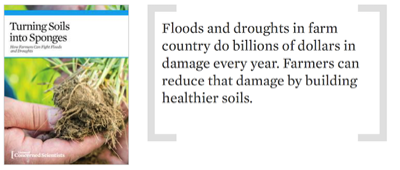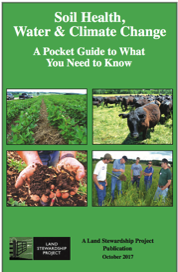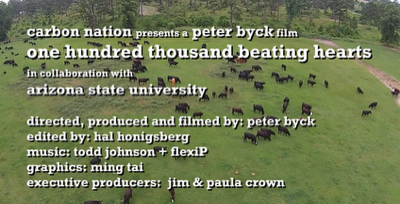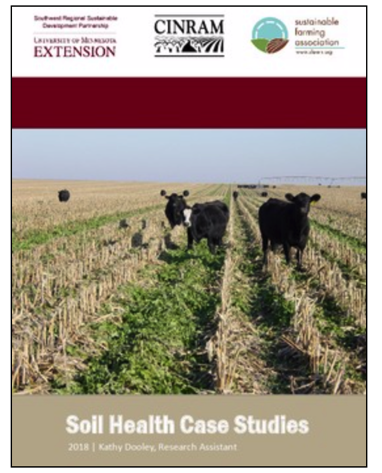The Problem
“Soil is the earth’s fragile skin that anchors all life on Earth.
Half of the topsoil on the planet has been lost in the last 150 years.
In addition to erosion, soil quality is affected by other aspects of agriculture. These impacts include compaction, loss of soil structure, nutrient degradation, and soil salinity. These are very real and at times severe issues.
The effects of soil erosion go beyond the loss of fertile land. It has led to increased pollution and sedimentation in streams and rivers, clogging these waterways and causing declines in fish and other species. And degraded lands are also often less able to hold onto water, which can worsen flooding.
The health of soil is a primary concern to farmers and the global community whose livelihoods depend on well managed agriculture that starts with the dirt beneath our feet.”
https://www.worldwildlife.org/threats/soil-erosion-and-degradation
A devastating problem
that's getting worse
“In the United States, floods and droughts together have done damage worth an estimated $340.4 billion since 1980. And farmers and ranchers are among the most affected, as floods and droughts devastate livestock, crops, and soil.
Taxpayers share in the burden through subsidized federal crop insurance programs. Insurance payouts due to floods or droughts totaled $38.5 billion between 2011 and 2016—and that bill is expected to keep rising as climate change brings more extreme weather.
The impacts of these disasters aren't confined to farmers or the taxpayers who insure them. Communities located downstream from farming regions feel the effects as well, as floods damage homes, businesses, and infrastructure.”
—Union of Concerned Scientists
“Soil is being swept and washed away 10 to 40 times faster than it is being replenished”
The above statement is the conclusion of a 2006 comprehensive study by David Pimentel published in the Journal of the Environment, Development and Sustainability (Vol. 8, 2006). The study, “Soil Erosion: A Food and Environmental Threat,” draws upon statistics on soil erosion from more than 125 sources. Here are some of the key findings:
• The United States is losing soil 10 times faster—and China and India are losing soil 30 to 40 times faster—than the natural replenishment rate.
• As a result of erosion over the past 40 years, 30 percent of the world’s arable land has become unproductive.
• About 60 percent of soil that is washed away ends up in rivers, streams and lakes, increasing the risks of flooding and intensifying water contamination from fertilizers and pesticides runoff.
http://www.fewresources.org
A recent story about healthy soils and their importance in ag-chemical free farming from a man who farms 5,000 acres in South Dakota.
Clicking here will get you to an article describing his story—opening in a new window.
Our Soil Should be Healthy & Plenty
It isn’t
The Solutions
building healthier soils could reduce runoff in flood years by nearly one-fifth, cut flood frequency by the same amount, and make as much as 16 percent more water available for crops to use during dry periods. This is explained in the document Turning Soils into Sponges
The Land Stewardship Project offers a booklet describing how to restore soil health
Both are available as downloads. See below.
The challenge of food security is one of the greatest threats to human society. Soil security founded on sound evidence-based soil science is key to food security, and in itself is fundamental to continued human existence on Earth.
Alex McBratney International Union of Soil Scientists
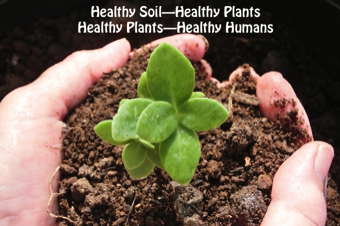
This 14 minute video tells how one farmer converted to eco farming and the benefits he gained.

